
The evolution of military airlift has led to the development of some of the world’s largest and most capable aircraft.
The largest military aircraft are critical for transporting troops, equipment, armored vehicles, and humanitarian aid across global theaters of operation. Payload capacity, fuselage length, and wingspan are the main parameters that define their size.
Largest Military Aircraft in the World
In this article, we cover the Top 10 Largest Military Aircraft currently in operation or historically significant, based on payload capacity and airframe dimensions.
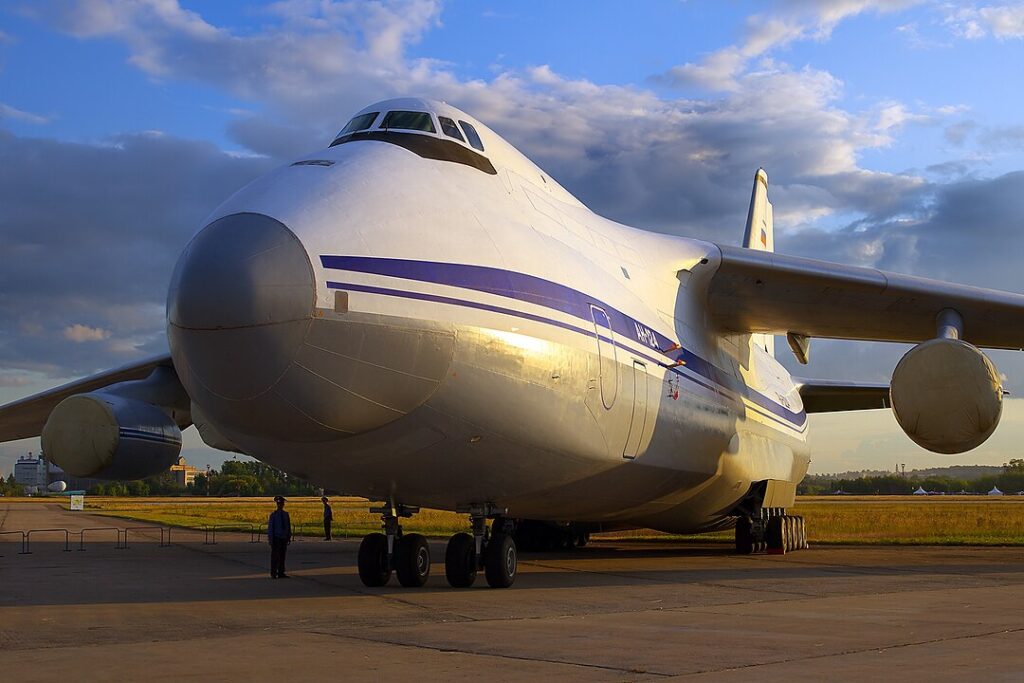 Photo: By Oleg V. Belyakov-AirTeamImages – Gallery page http://www.airliners.net/photo/Russia—Air/Antonov-An-124-Ruslan/1753224/LPhoto http://cdn-www.airliners.net/aviation-photos/photos/4/2/2/1753224.jpg, CC BY-SA 3.0, https://commons.wikimedia.org/w/index.php?curid=27378917
Photo: By Oleg V. Belyakov-AirTeamImages – Gallery page http://www.airliners.net/photo/Russia—Air/Antonov-An-124-Ruslan/1753224/LPhoto http://cdn-www.airliners.net/aviation-photos/photos/4/2/2/1753224.jpg, CC BY-SA 3.0, https://commons.wikimedia.org/w/index.php?curid=273789171. Antonov An-124
The Antonov An-124, developed by the Antonov Design Bureau of Ukraine during the Soviet era, remains the world’s largest military transport aircraft by payload capacity. Introduced in 1986, it is primarily used by the Russian Air Force and Volga-Dnepr Airlines for both military and heavy-lift commercial missions.
The An-124 can carry up to 150 tons of cargo and has an empty weight of 175,000 kg. With a fuselage length of 226 feet (69 meters) and a wingspan of 240 feet (73.3 meters), it is capable of transporting tanks, helicopters, and even other aircraft fuselages.
The aircraft is equipped with a nose-loading ramp and multiple wheels to handle operations on unprepared runways.
Its payload includes large combat vehicles, engineering equipment, and troops. The An-124 was used during several military operations and also supports international relief missions when required.
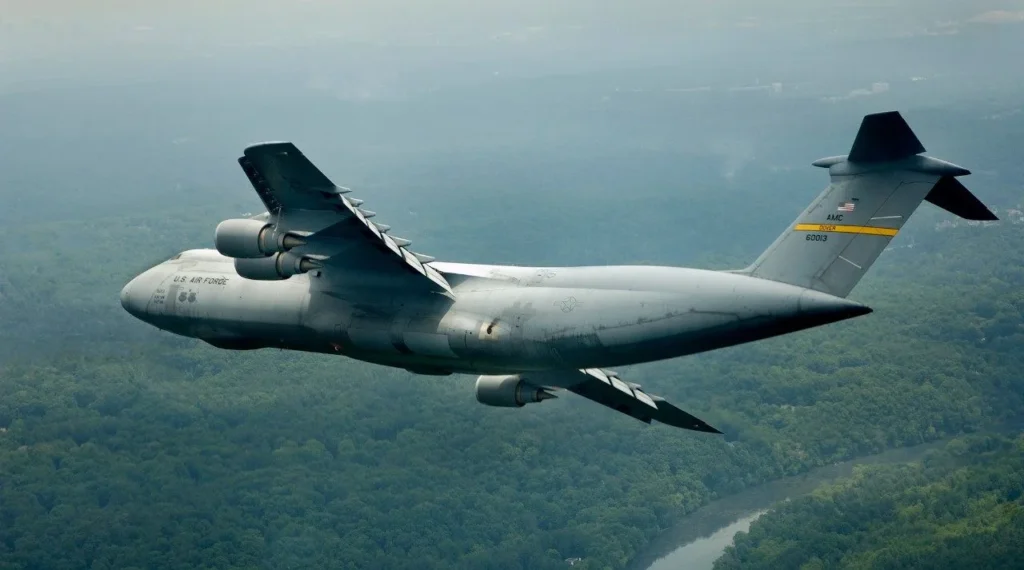 Photo: Lockheed Martin
Photo: Lockheed Martin2. Lockheed Martin C-5M Super Galaxy
The C-5M Super Galaxy is the largest strategic airlifter in the U.S. Air Force. Built by Lockheed Martin and introduced in 1969 (as the C-5A), the aircraft was later upgraded to the C-5M configuration, which included new engines and avionics.
With a maximum payload of 130 tons and an empty weight of 172,000 kg, the C-5M is designed to carry outsize and oversize cargo intercontinental distances without refueling. Its length is 248 feet (75.5 meters), and the wingspan spans 223 feet (68 meters).
The aircraft is notable for its nose-tilt and rear-loading capabilities, which allow simultaneous loading and unloading.
Moreover, the Super Galaxy can transport multiple armored vehicles, helicopters, and troops. It remains a vital component of the U.S. global rapid mobility strategy.
 Image: Vasiliy Koba via Wikimedia
Image: Vasiliy Koba via Wikimedia3. Antonov An-22
The Antonov An-22 was the world’s largest turboprop aircraft when it first flew in 1965. Developed by the Soviet Union, it was primarily designed for airborne troop deployment and heavy cargo transport.
It has a payload capacity of 80 tons and an empty weight of 114,000 kg. The aircraft is 190 feet (58 meters) long with a wingspan of 210 feet (64 meters). The An-22 features four Kuznetsov NK-12 engines with contra-rotating propellers, giving it both range and lifting power.
The aircraft was widely used for strategic airlift in the Soviet military and later by Russian forces. Although it has been largely superseded by the An-124, it remains a significant achievement in military aviation.
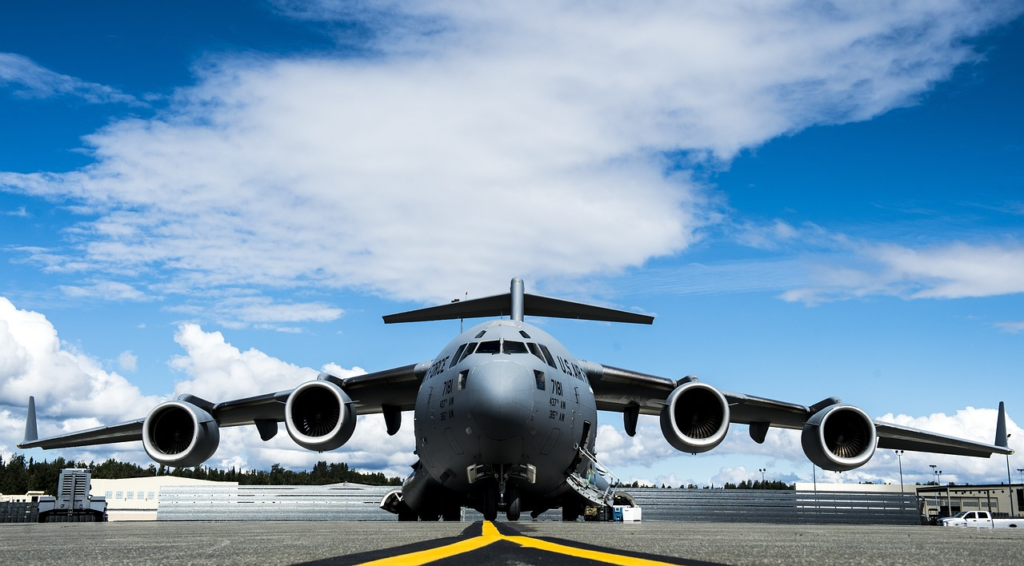 Photo: Pixabay
Photo: Pixabay4. Boeing C-17 Globemaster III
The Boeing C-17 Globemaster III is a high-wing, four-engine aircraft developed for the U.S. Air Force. It entered service in 1995 and is used for both tactical and strategic missions.
It can carry 76.6 tons of cargo and has a structural weight of 128,100 kg. The C-17 is 174 feet (53 meters) long with a wingspan of 171 feet (52 meters). It is capable of performing airdrop missions and landing on short or semi-prepared runways.
In addition, the C-17 has been used extensively in military operations, including Iraq and Afghanistan, and for disaster relief efforts. It can transport vehicles, troops, and medical evacuation units.
 Image: Ministry of National Defense
Image: Ministry of National Defense5. Xian Y-20
The Xian Y-20 is China’s newest strategic airlifter, developed by Xi’an Aircraft Industrial Corporation and inducted into service in 2016. It is the largest military aircraft produced in China to date.
It has a payload capacity of 66 tons and a maximum takeoff weight of 100,000 kg. The aircraft measures 154 feet (47 meters) in length and has a wingspan of 147 feet (45 meters).
The Y-20 is intended to enhance the People’s Liberation Army Air Force’s (PLAAF) ability to deploy forces and materials over long distances.
China has been using the Y-20 to support military logistics and international humanitarian aid. The aircraft is expected to be upgraded with indigenous WS-20 engines in future variants.
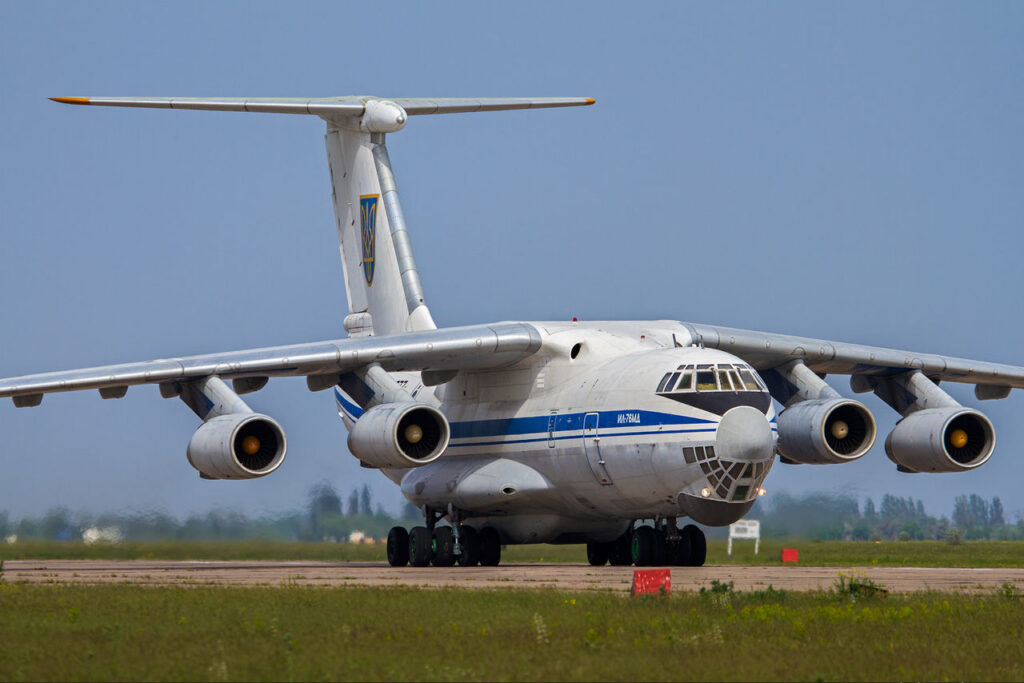 Image: Andrey Rakul
Image: Andrey Rakul6. Ilyushin Il-76
The Ilyushin Il-76 was developed in the 1970s by the Soviet Union to deliver heavy cargo to remote areas. It has since been adopted by more than 30 countries, including Russia, India, and several African and Asian states.
Its payload capacity is 50 tons, and it weighs 72,000 kg when empty. The Il-76 is 154 feet (47 meters) in length, with a wingspan of 164 feet (50 meters). It is capable of operating from unpaved runways and has been widely used in military and civilian logistics.
The Il-76 has multiple variants, including aerial refueling and airborne command posts. It remains a versatile platform for military and humanitarian operations.
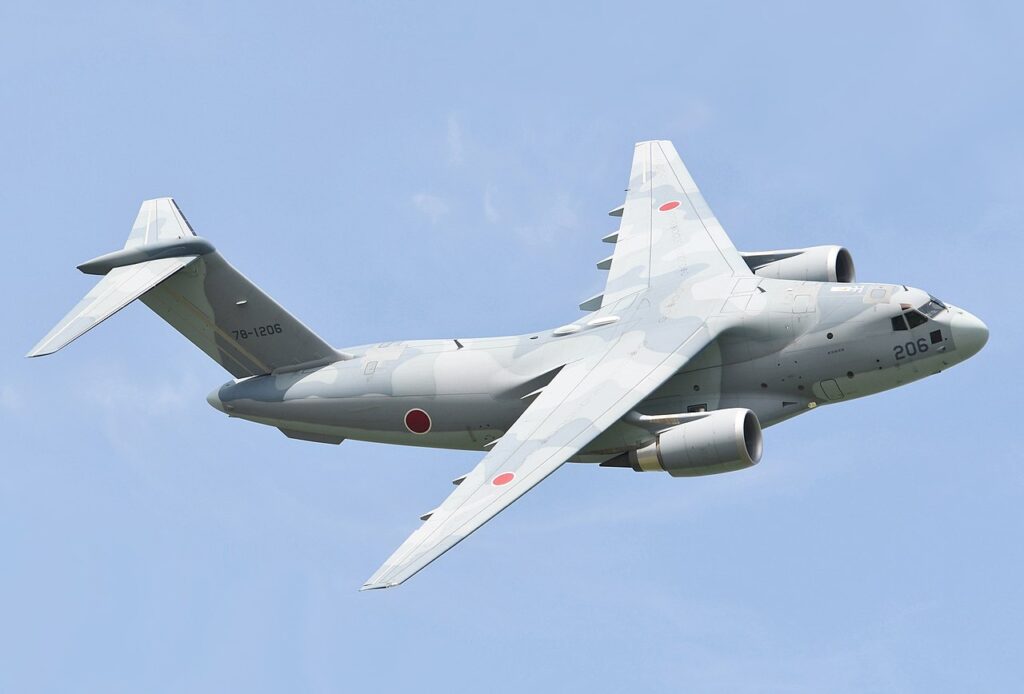 Image: Hunini
Image: Hunini 7. Kawasaki C-2
The Kawasaki C-2 is a mid-sized military transport aircraft developed by Japan’s Kawasaki Heavy Industries. It replaced the older C-1 and supports long-range logistics for the Japan Air Self-Defense Force.
It can carry 37.6 tons and has a structural weight of 60,800 kg. The C-2 is 144 feet (44 meters) long and has a wingspan of 145 feet (44.4 meters). Despite its medium size, it has a range and speed that exceed older transports in its class.
The C-2 is used for transporting troops, equipment, and humanitarian supplies. Japan has also marketed the aircraft to international buyers as part of its growing defense export industry.
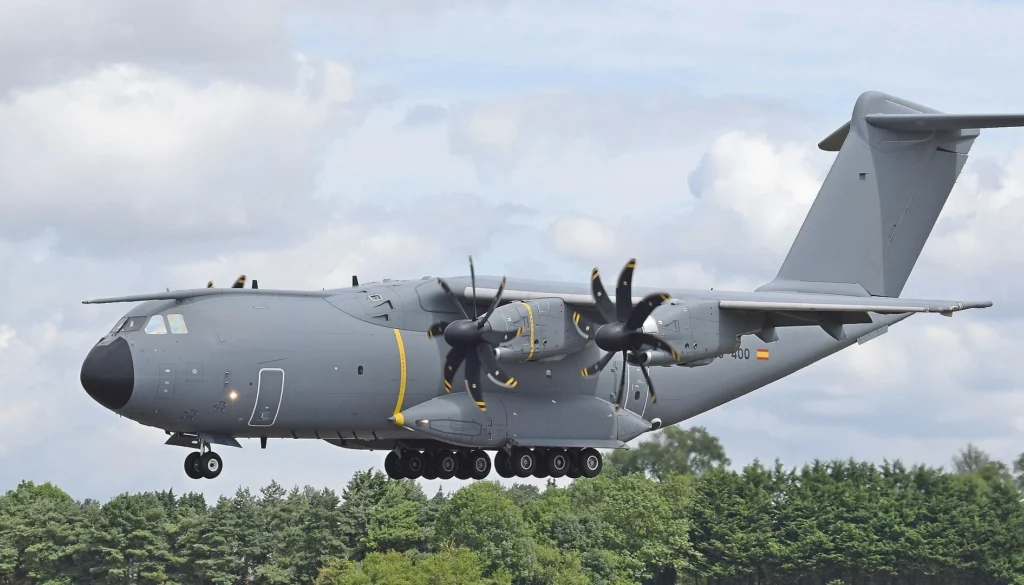 Photo: By Myself (Adrian Pingstone). – My own photo, taken with a Nikon D5300 DSLR and Nikon 18-200 mm lens, Public Domain, https://commons.wikimedia.org/w/index.php?curid=81263246
Photo: By Myself (Adrian Pingstone). – My own photo, taken with a Nikon D5300 DSLR and Nikon 18-200 mm lens, Public Domain, https://commons.wikimedia.org/w/index.php?curid=812632468. Airbus A400M Atlas
The A400M Atlas is a European four-engine turboprop military transport aircraft developed by Airbus Defence and Space. It entered service in 2013 and is operated by several NATO countries.
The A400M can carry 37 tons of payload and has an empty weight of 76,500 kg. Its dimensions include a length of 147 feet (45 meters) and a wingspan of 138 feet (42 meters). It is designed to bridge the gap between strategic airlifters like the C-17 and tactical aircraft like the C-130.
The aircraft features advanced avionics, a digital cockpit, and the ability to perform aerial refueling and medical evacuation missions. It also supports cargo airdrops and short-field operations.
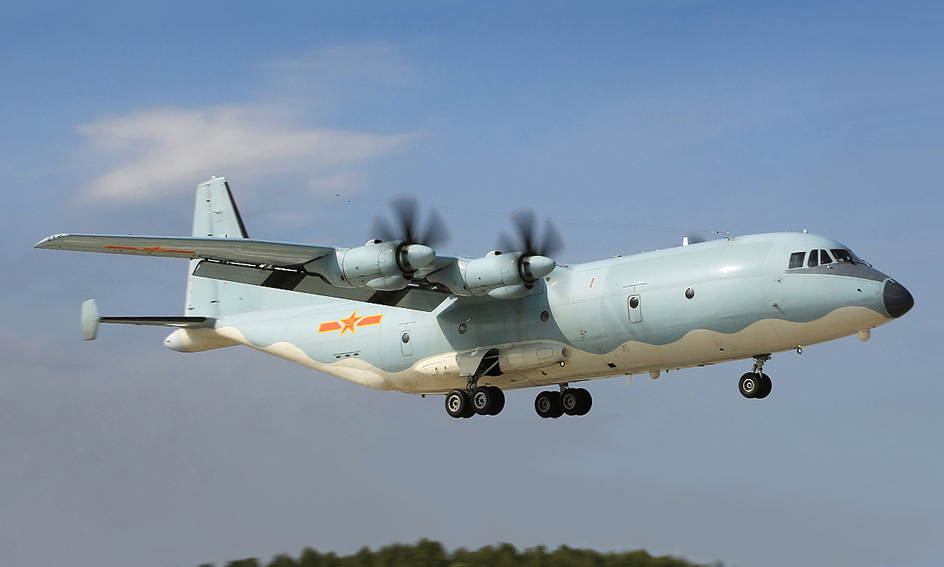 Image: Mil.ru
Image: Mil.ru9. Shaanxi Y-9
The Shaanxi Y-9 is a Chinese medium military transport aircraft based on the Y-8 platform. Developed by Shaanxi Aircraft Corporation, it entered service with the PLAAF in the 2010s.
Its payload capacity is 30 tons, and it has a structural weight of 39,000 kg. The Y-9 measures 118 feet (36 meters) in length and has a wingspan of 131 feet (40 meters). It is powered by four turboprop engines and designed for use in tactical transport roles.
The Y-9 can carry paratroopers, cargo pallets, and light armored vehicles. It is also available in airborne early warning and reconnaissance variants.
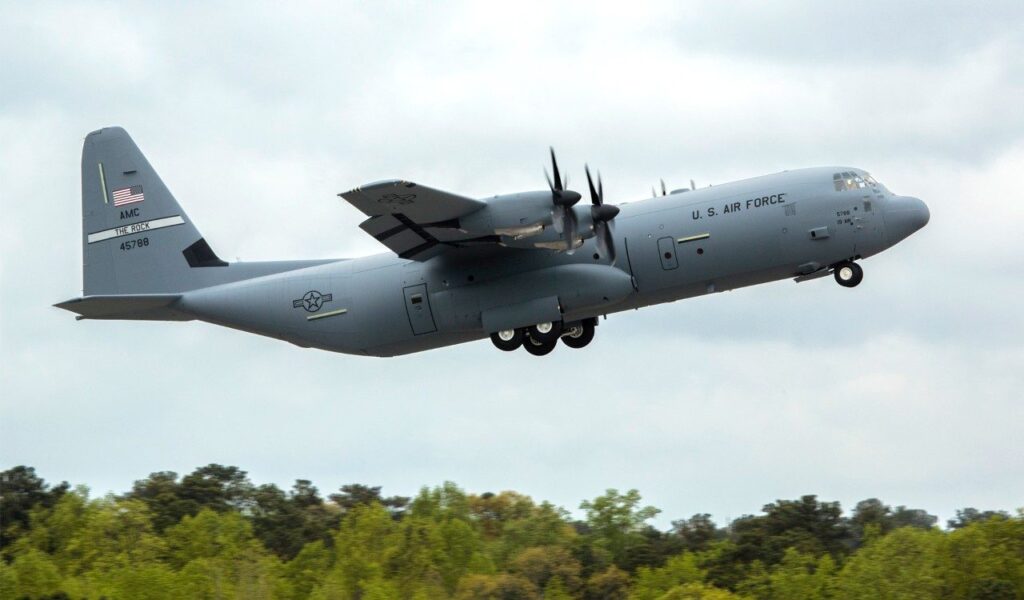 Image: Lockheed Martin
Image: Lockheed Martin10. Lockheed Martin C-130J Super Hercules
The C-130J Super Hercules is a widely used tactical transport aircraft, operated by more than 70 countries. It is an upgraded version of the original C-130 Hercules, which has been in service since the 1950s.
The C-130J has a payload capacity of 19 tons and a structural weight of 34,370 kg. It is 98 feet (30 meters) long and has a wingspan of 131 feet (40 meters). It features updated avionics, new Rolls-Royce AE 2100 engines, and a digital cockpit.
The aircraft is used for tactical troop and cargo transport, search and rescue, and humanitarian relief. It can operate from rough airstrips and perform short takeoff and landing (STOL) missions.
Bottom Line
The development and deployment of the largest military aircraft reflect the evolving demands of strategic and tactical mobility across global forces. These aircraft are designed not only for heavy cargo transport but also for speed, flexibility, and deployment efficiency in high-pressure environments.
As geopolitical tensions rise and rapid response becomes critical, these large airframes continue to serve as the backbone of military logistics and humanitarian outreach worldwide.
Largest Military Aircraft FAQs
The Antonov An-124 holds the title for the largest military aircraft by payload capacity. It can carry up to 150 tons and remains in active service for heavy-lift missions.
Military airlifters are built to handle extreme loads, unprepared runways, rapid deployments, and sometimes airdrop missions. They’re also equipped for battlefield conditions, unlike most civilian freighters.
Primarily, payload capacity, fuselage length, and wingspan. Maximum takeoff weight (MTOW) and structural strength also matter, especially for operational versatility.
Yes, though limited. The Il-76 remains widely used with multiple upgraded variants. The An-22 sees occasional use in Russia but has largely been phased out in favor of newer aircraft.
To support rapid global deployment, transport oversized equipment, and respond to crises—military or humanitarian—anywhere on short notice. The bigger the aircraft, the more efficient the lift per sortie.
Stay tuned with us. Further, follow us on social media for the latest updates.
Join us on Telegram Group for the Latest Aviation Updates. Subsequently, follow us on Google News.
Largest Air Forces in the World Ranked by Military Aircraft in 2025
The post Top 10 Largest Military Aircraft in the World as of 2025 appeared first on Aviation A2Z.




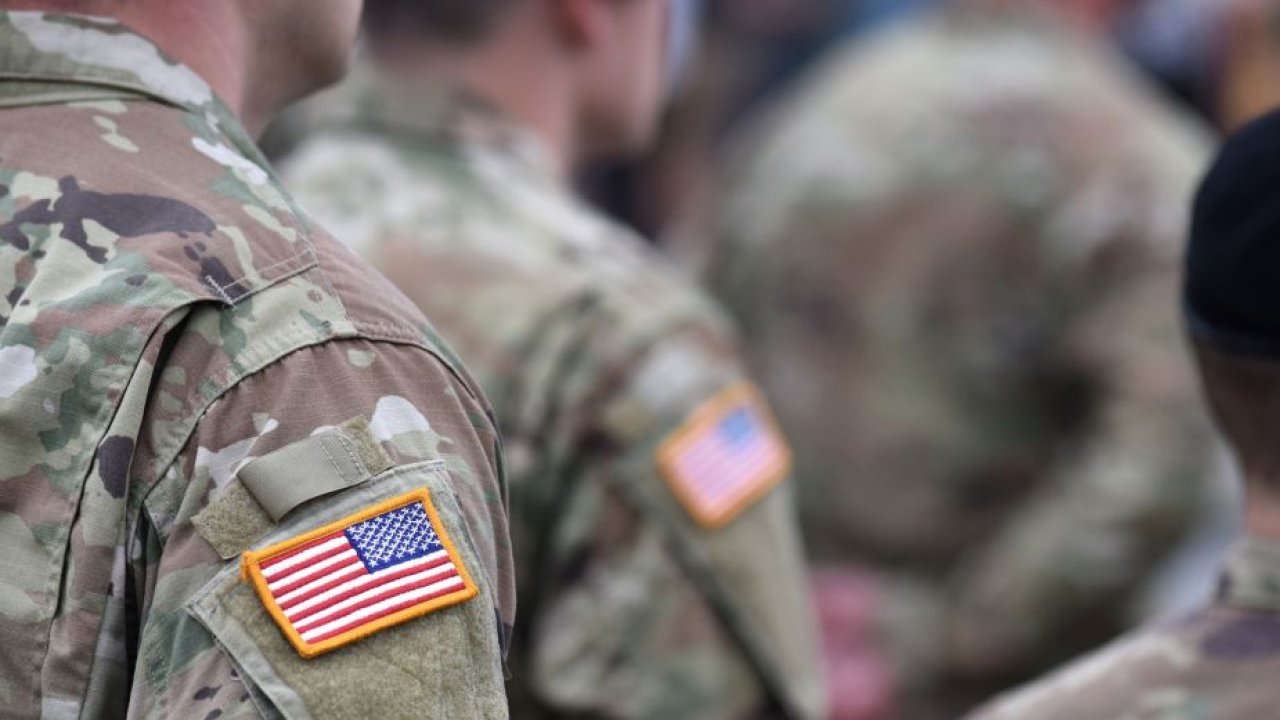

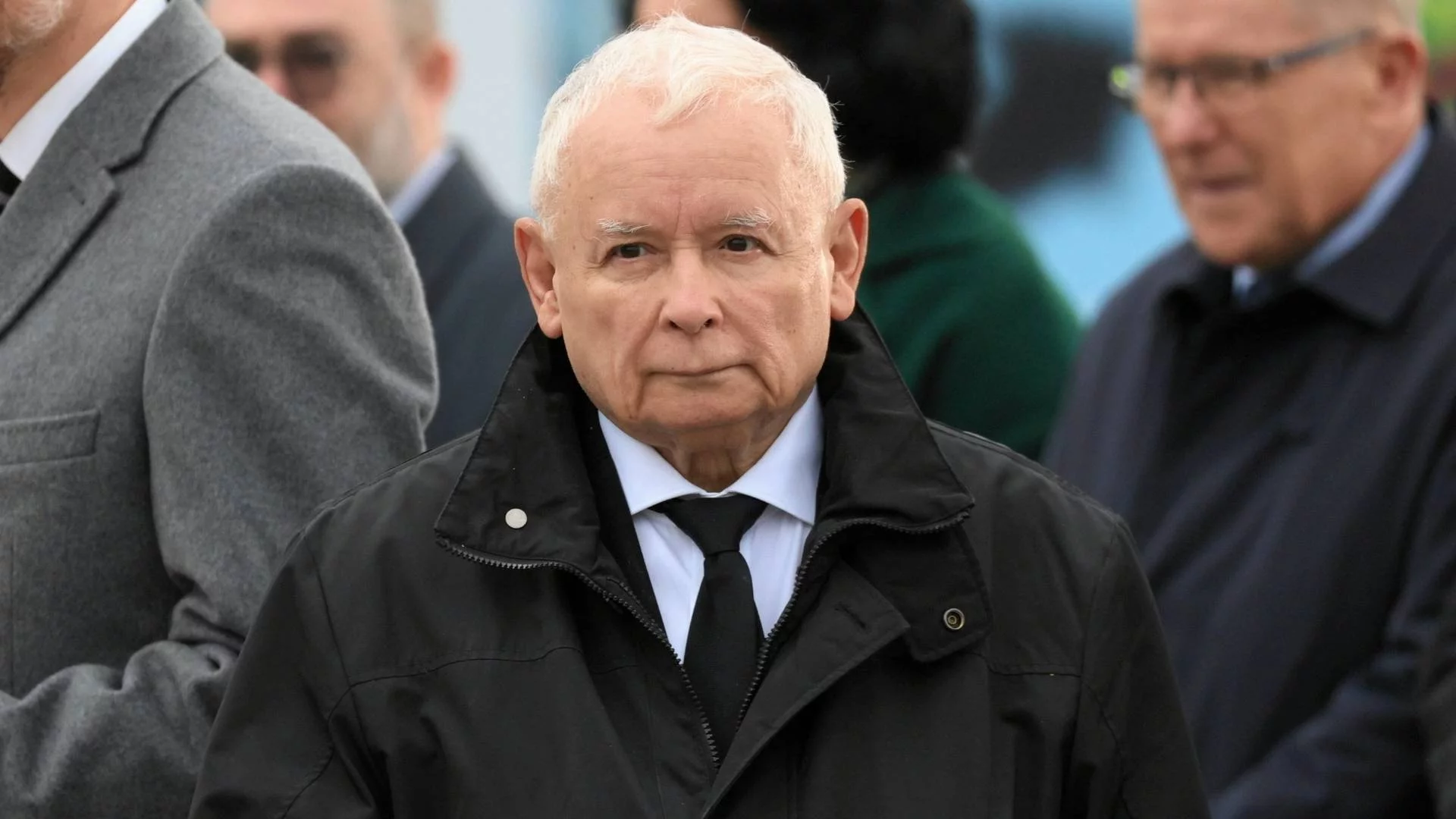
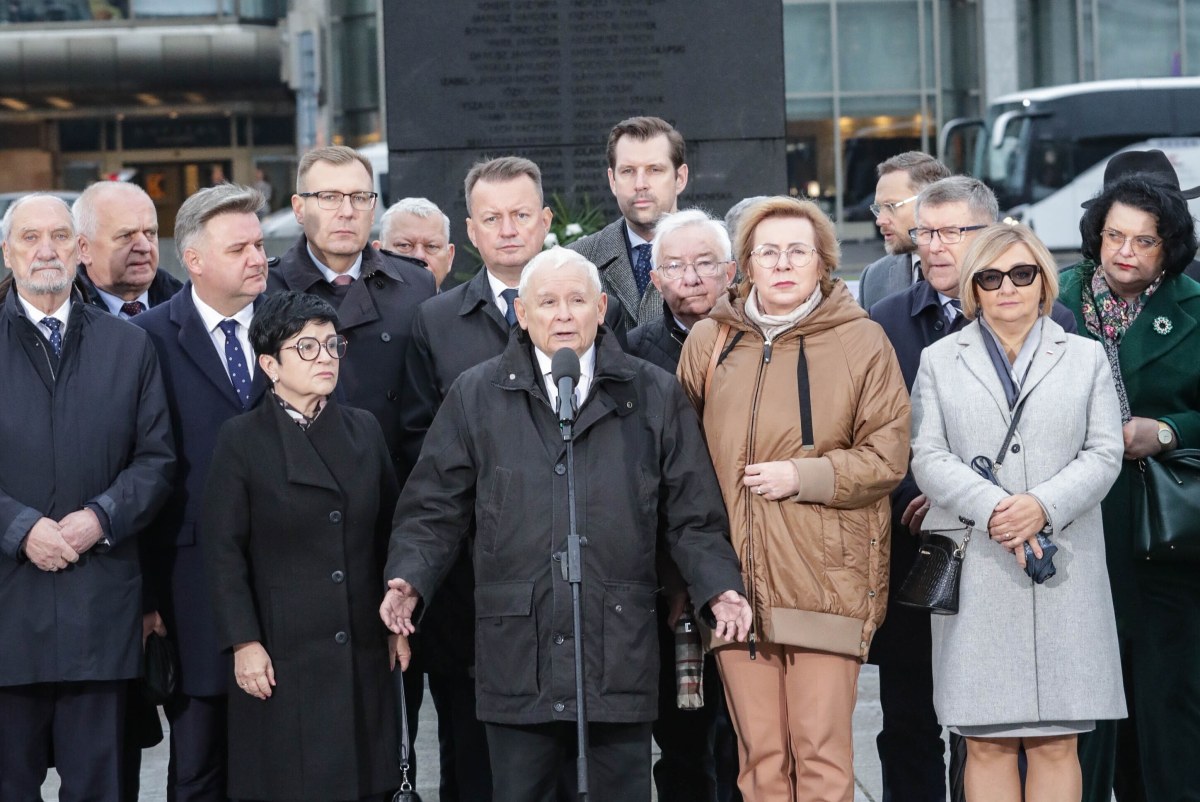
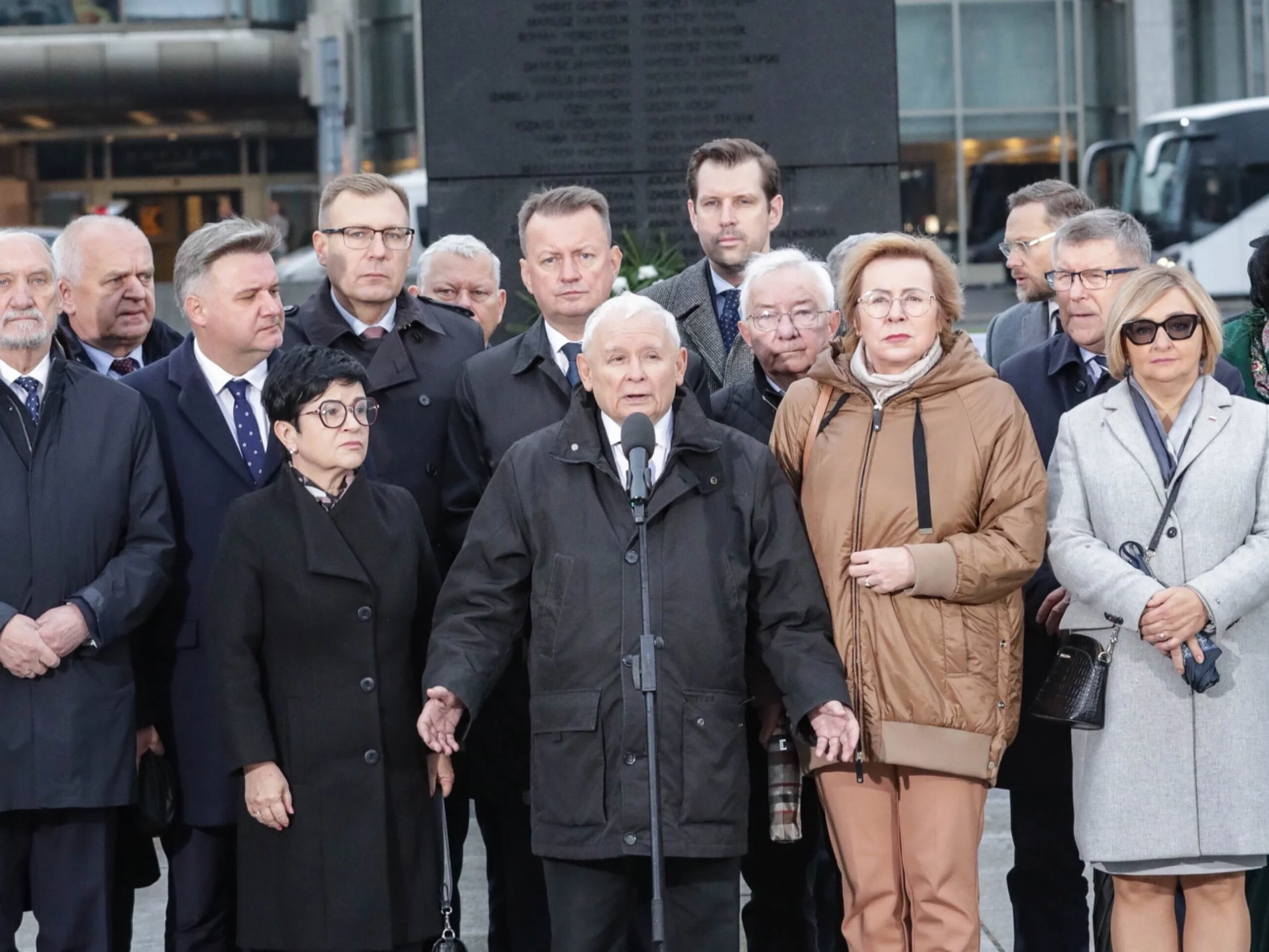
![A gdyby tak rzucić wszystko i wyjechać do Maroka… [zdjęcia]](https://tarnow.ikc.pl/wp-content/uploads/2025/10/ucieczka-do-tangeru-fot.-Artur-Gawle0001.jpg)



